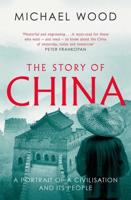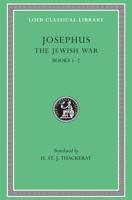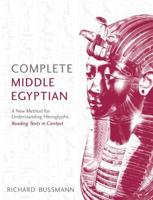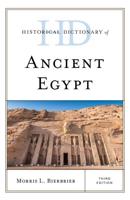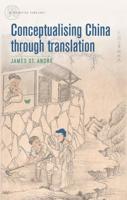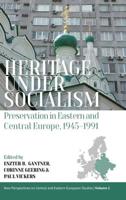Publisher's Synopsis
East Asia from 1400 to 1850 was a vibrant web of connections, and the southern coast of the Korean peninsula participated in a maritime world that stretched to Southeast Asia and beyond. Within this world were Japanese pirates, traders, and fishermen. They brought things to the Korean peninsula and they took things away. The economic and demographic structures of Kyongsang Province had deep and wide connections with these Japanese traders. Social and political clashes revolving around the Japan House in Pusan reveal Korean mentalities towards the Japanese connection. This study seeks to define 'Korea' by examining its frontier with Japan. The guiding problems are the relations between structures and agents and the self-definitions reached by pre-modern Koreans in their interaction with the Japanese. Case studies range from demography to taxation to trade to politics to prostitution. The study draws on a wide base of primary sources for Korea and Japan and introduces the problems that animate modern scholarship in both countries. It offers a model approach for Korea's northern frontier with China and shows that the peninsula was and is a complex brocade of differing regions. The book will be of interest to anyone concerned with pre-1900 East Asia, Korea in particular, and especially Korea's relations with the outside world. Anyone interested in early-modern Japan and its external relations will also find it essential reading.


